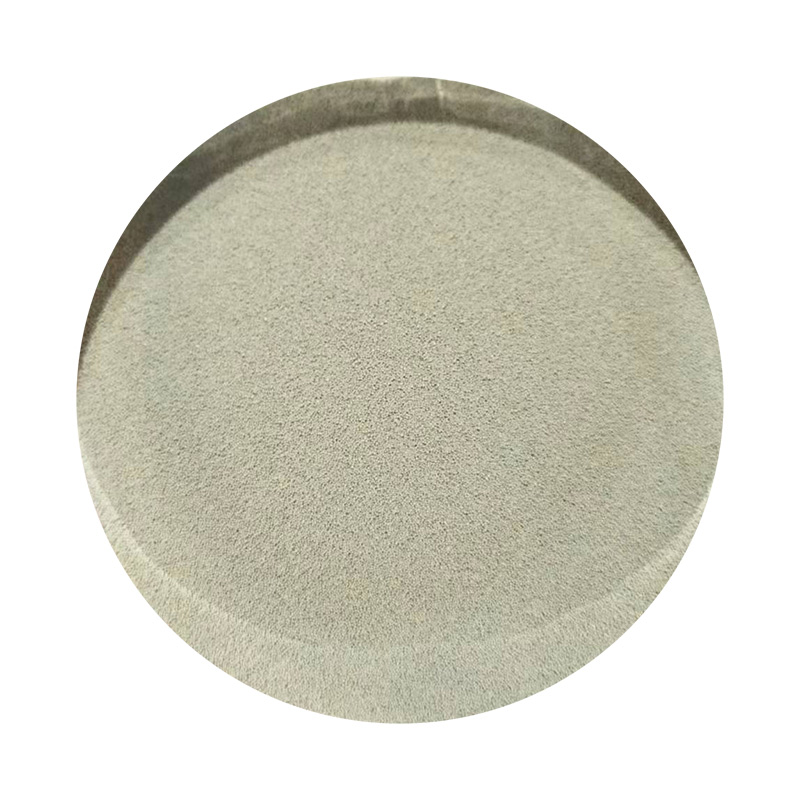Understanding Sand Casting in Metal Fabrication
Sand casting is one of the most widely employed metal fabrication processes, known for its ability to create complex shapes in a variety of metals. This age-old technique has been utilized for centuries, evolving from simple methods of forming metal objects to sophisticated advancements in technology. It remains a popular choice for manufacturers due to its versatility, cost-effectiveness, and the high quality of the finished products.
At its core, the sand casting process involves creating a mold out of sand, which is used to shape the molten metal. The main components of the sand casting process include the pattern, the mold, the metal, and the core. The pattern is a replica of the final product, usually made from materials such as wood, plastic, or metal. It is placed in a sand mixture, which consists of a specific ratio of sand, clay, and water, to form the mold. When the pattern is removed, the cavity left behind will hold the molten metal during the casting process.
Understanding Sand Casting in Metal Fabrication
The process of sand casting also allows for the creation of intricate designs and complex shapes. This is particularly advantageous in industries such as automotive and aerospace, where components often have unique geometries that would be difficult or impossible to achieve using other fabrication methods. Furthermore, the use of a sand mold enables the production of parts with sufficient tolerances, ensuring that they meet the required specifications.
sand cast metal

Moreover, sand casting is relatively economical, especially for low to medium production runs. The materials required for sand molds are less expensive than those used in other types of molds, such as metal or ceramic. Additionally, the sand used in the process can often be recycled, further reducing the cost and environmental impact of the process.
Despite its many advantages, sand casting does come with certain limitations. The finish of the cast products may not be as smooth as parts produced by other techniques, such as die casting or investment casting. This can sometimes require additional machining or finishing operations to meet the desired surface quality. Additionally, the process may be labor-intensive, particularly in the pattern-making and mold preparation stages, which can increase lead times for production.
In recent years, advancements in technology have further enhanced the sand casting process. The introduction of computer-aided design (CAD) and computer-aided manufacturing (CAM) technologies has allowed for more precise mold designs and streamlined production processes. Additionally, the use of 3D printing technology in creating sand molds is gaining traction, simplifying and expediting the mold-making phase while reducing waste.
In conclusion, sand casting remains a fundamental technique in the metal fabrication industry, esteemed for its flexibility, cost-effectiveness, and capability to produce intricate metal components. While it has its drawbacks, ongoing innovations are poised to improve its efficiency and output quality. As industries continue to evolve, sand casting will undoubtedly adapt, maintaining its relevance in modern manufacturing practices. Whether for artistic endeavors or industrial applications, sand casting is a testament to the sophistication and ingenuity of metalworking techniques.
Post time:Aug . 10, 2024 22:00
Next:Exploring the Importance and Types of Sand Utilized in Modern Foundry Processes
